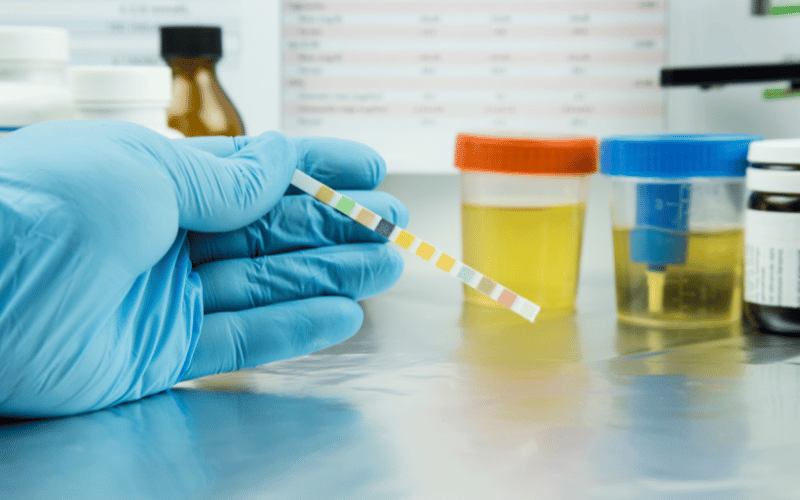Symptom 4: Dark Urine

Many of us seldom pay attention to our urine’s color unless it starts deviating dramatically from the norm. The sight of unusually dark urine, resembling the hue of a strong tea or even cola, can be disconcerting. While many factors can influence urine’s color, ranging from the food we consume to the medications we take, persistently dark urine associated with hepatitis C is a concern that goes beyond mere coloration.
Bilirubin, a yellow compound, is formed in our body when red blood cells break down. Under standard conditions, our liver filters out bilirubin, which then safely exits the body through stools, giving them their characteristic brown color. However, in individuals with hepatitis C, the liver’s efficiency in processing bilirubin is compromised. As a result, excess bilirubin might get redirected to the kidneys. Once there, instead of being processed in the usual manner, it finds its way into the urine. This overflow is what imparts the dark hue to the urine, serving as a beacon of potential liver dysfunction.
A mere visual observation of dark urine might not sound alarm bells immediately. Yet, its significance cannot be understated. Dark urine isn’t an isolated symptom; it’s often a piece of a broader puzzle. For hepatitis C patients, it may be accompanied by jaundice, itching, or abdominal discomfort. In tandem, these symptoms sketch a portrait of liver health in distress. The depth of the urine color might even hint at the degree of liver strain, making it a vital symptom that merits close attention.
Our body is a complex machinery, and understanding one symptom requires discerning its myriad causes. Dark urine could be temporary, stemming from dehydration or consuming certain foods like beets. However, hepatitis C-induced dark urine has distinguishing features. It’s persistent, not alleviated by drinking more water. It’s also often coupled with other symptoms, creating a constellation that signals liver-related issues. Recognizing these nuances is paramount in seeking timely medical intervention. (4)